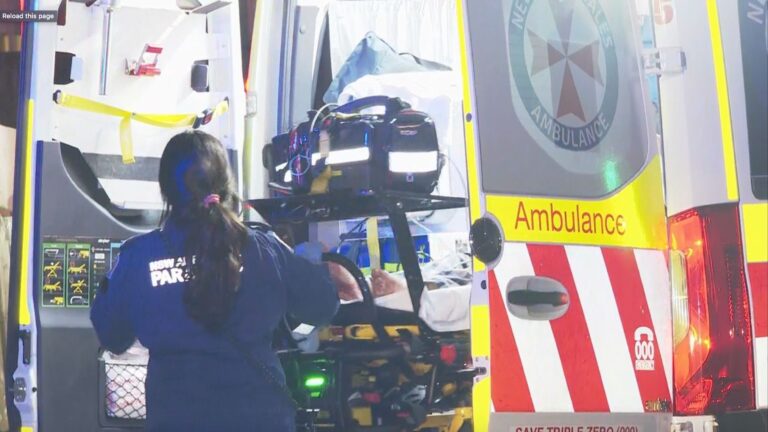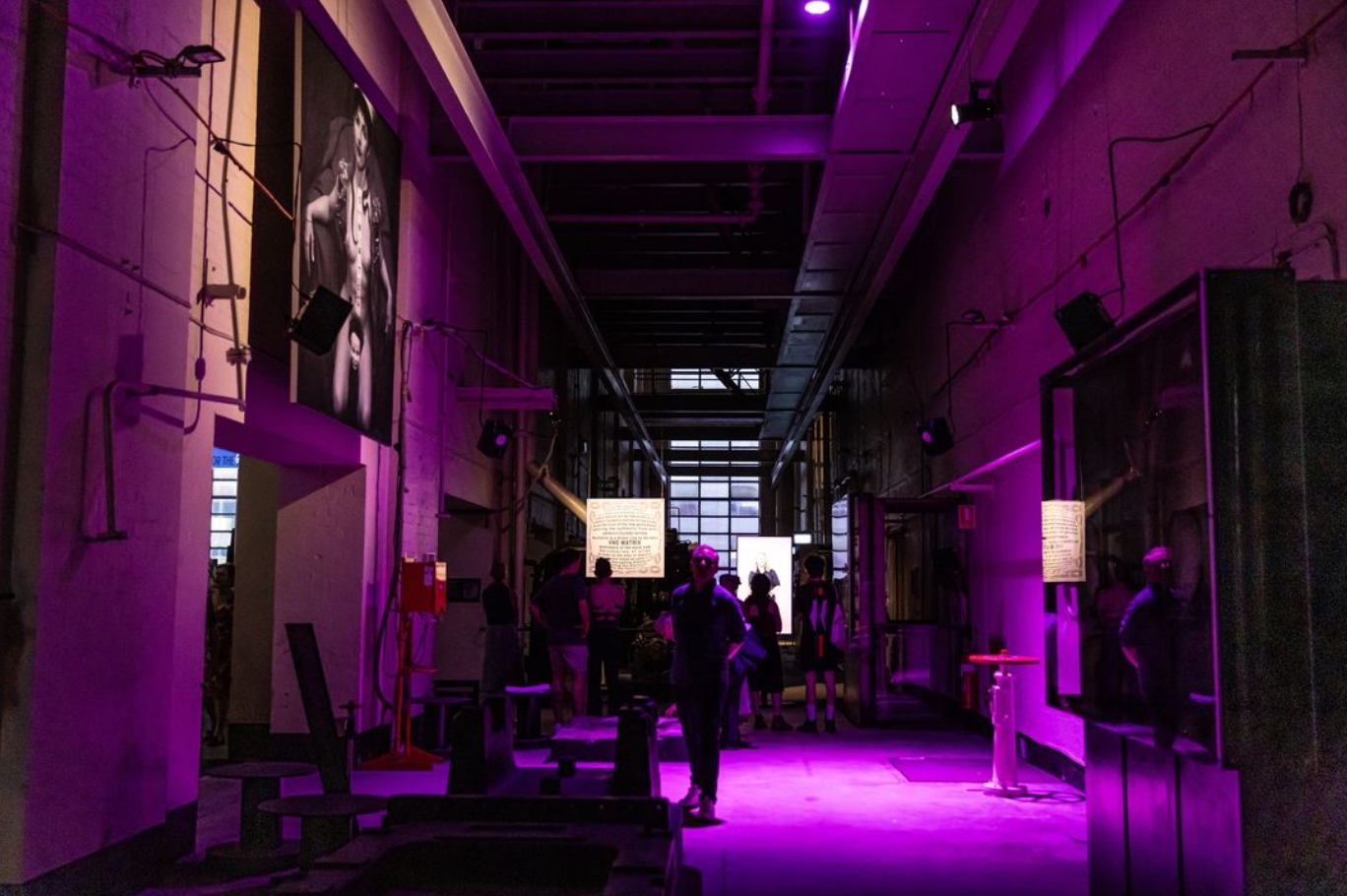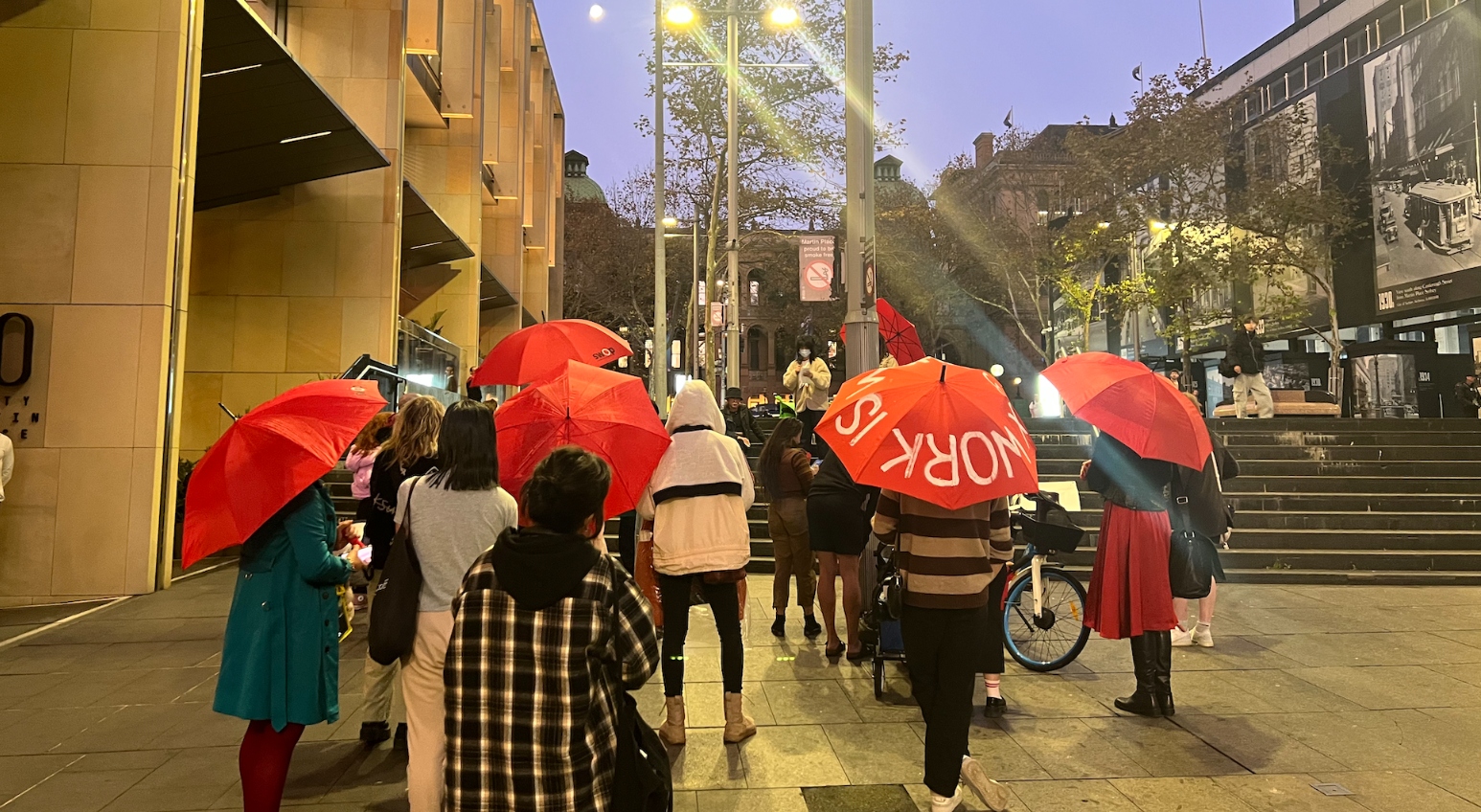
The Art of Lampoonery
Artist Jim Anderson’s life has taken him to London, California and back home to Sydney, but never far from controversy.
His latest exhibition, Lampoon – An Historical Art Trajectory (1970 -2010) showcases a wide selection of his life’s work, including a series of “re-imagined” covers from his time as art director of the infamous 1960s-70s counterculture magazine, Oz.
At 73, Anderson said while he had decided not to call it “a retrospective”, it was an opportune moment to step back and make an assessment of his artistic life.
“The show is basically split up into three parts: London, California, then back in Sydney,” he said. “I’ll be showing about 150 pieces in all.”
The first part of the exhibition is centred on Anderson’s work with Oz (1970-73) and features some of its most controversial covers.
It was these covers that brought Anderson and his co-editors, Richard Neville and Felix Dennis, to fame and notoriety during the highly publicised London Oz trials of 1971.
Among them include the cover of the ‘Homosexual’ edition, which triggered a police raid and for the first time, earned the magazine the ire of the law.
“This had never been seen in a nationwide magazine before and it caused quite an outcry. [It depicts] two naked men kissing – not just any two men, but a black man and a white man,” he said. “It also it turned out to be a best seller and sold out immediately.”
“Felix Dennis and I were hauled into Scotland Yard for a stern finger wagging,” Anderson recalled.
It was a later issue however that prompted the charges against the Oz trio. The cover of the ‘Schoolkids’ issue, displaying “naked blue Lesbians” lead to their arrests and brief imprisonment, after having being found guilty of obscenity.
“Not only were we charged with obscenity, we were also charged with conspiracy to corrupt public morals, of which we were found unanimously not guilty,” he said.
After a summer-long trial, the tide of public opinion turned in their favour and the convictions against the trio were overturned on appeal.
“It was a major victory in a way because the censorship laws were never the same again. It was a seminal trial and it’s been better for everyone in Britain ever since,” he said.
After Oz folded in 1973, Anderson eventually settled in Bolinas, California, a small alternative community north of San Francisco.
The second part of the exhibition features Anderson’s work as a community artist and editor of the local newspaper, the Bolinas Hearsay News.
“My covers of the Bolinas Hearsay News were often very political, but more so just a series of collages with lots of cultural references, dealing with a wide variety of subject matters,” he said.
The political issues ranged from the anti-nuclear movement to the Vietnam War, from gay rights to the first Gulf war and local environmental issues such as overdevelopment.
While in Bolinas, Anderson created promotional posters for the annual Floating Sun Festival, which too will be on display alongside approximately 30 cultural reference collages.
Since returning to Sydney in the mid-nineties, Anderson began to focus more heavily on photography as well as developing a series of satirical “lampooneries”, to which the exhibition owes its name.
His lampoons are uniquely styled tongue-in-cheek “collage cartoons”, consisting of photographs, cultural symbols and other graphic elements. They humorously and subversively target politically sensitive subjects ranging from euthanasia to sexuality within the Catholic Church.
Also on display among his recent works will be thirteen metres of “cut and paste” photomontaged panoramas running along the wall depicting gallery openings, bohemian parties and scenes from Anderson’s social circles.
While the show represents a retrospective of sorts, it is unlikely that Jim Anderson will be winding down any time soon.
“Artists never really retire, they just keep going. But this will be defining point and when you define something, it’s a way of saying that you’re moving on into something else.”
Lampooon – An Historical Art Trajectory (1970-2010), part of the Mardi Gras Festival, runs February 18-March 12 at Tin Sheds Gallery, 148 City Road, University of Sydney.









